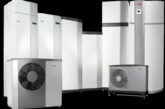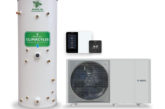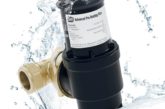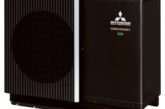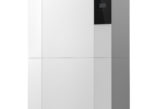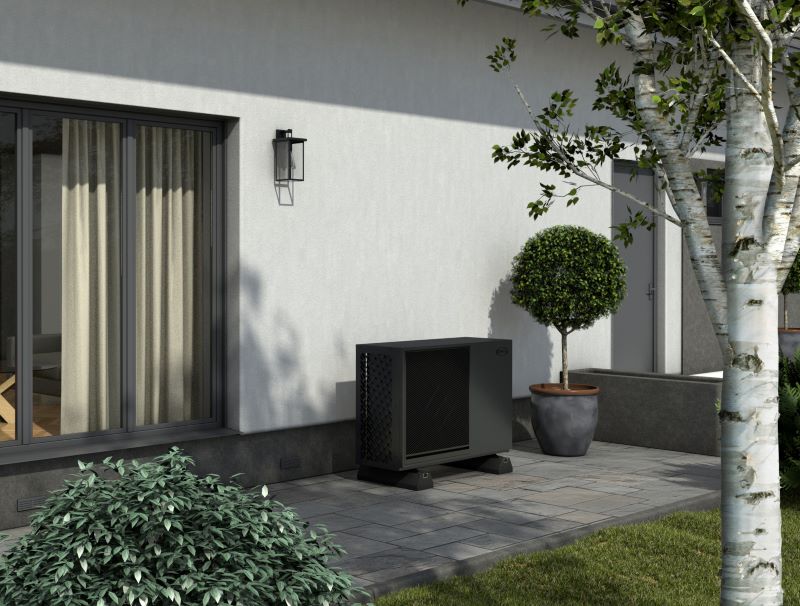
Neil Sawers, Commercial Technical Manager at Grant UK, looks at the key differences between R290 and R32 heat pumps.
With stricter regulations, rising fossil fuel costs and ambitious climate targets, low-carbon heating solutions like heat pumps are becoming an appealing alternative to traditional fossil fuel heating.
Heat pumps work differently to other types of heating systems in that they use refrigerants to help them transfer heat energy from the air outside to provide heating and hot water to homes. For the last few years, R32 refrigerant has been commonly used in heat pumps, but as heat pump technology has evolved, the type of refrigerant used in some heat pumps is also changing.
The rise of R290
Heat pump refrigerants have some impact on the environment, specifically on the ozone layer. However, some have less impact than others and legislation is now encouraging the move towards the more environmentally friendly refrigerant R290.
The rise of R290 refrigerant in air source heat pumps is one of the most significant developments in heat pump technology to date. R290, also known as propane, has long been used in air conditioning and refrigeration systems, but it’s now moving into the UK heat pump sector.
The Global Warming Potential of R290, which is the value that measures how long a gas remains in the atmosphere and has the potential to warm it, is just 3 – much lower than the GWP values of refrigerants like the once used R410a, which is 2088, and R32, which is 675. The use of R290 marks a huge step forward in reducing the environmental footprint of heat pumps.
In a heat pump, R290 behaves in exactly the same way as R32, cycling between liquid and gas phases to move heat from the outside air into the home. R290 is non-toxic, odourless and has excellent thermodynamic properties which makes it extremely efficient at absorbing heat energy and transferring it into a heating system, reducing energy consumption for homeowners. While the benefits are clear, the adoption of this natural refrigerant raises some important considerations for installers.
Unlike R410a and R32, R290 is a flammable gas, which means that installations and servicing must be handled with care by fully trained professionals. Its flammable nature means installations require additional safety precautions, including larger clearances around the heat pump when being installed. To ensure the safe use of R290, safety design features on heat pumps include larger casings to house the R290 refrigerant in both gas and liquid form, specially designed compressors which have minimal vibration and anti-leak features, and safety enhanced components such as an R290 leak sensor located within the casing itself, spark free sealed relays and ceramic fuses.
The R32 option
R32 and R290 refrigerants are two distinct options in heat pump technology, each with unique features and applications. The Grant Aerona³ R32 heat pumps for instance, use R32 refrigerant which is more environmentally friendly than R410a and are smaller and lighter than the R290 models. They also do not require the same protective zones or stringent safety measures needed for R290 installations. They are compatible with both the Aerona³ Remote Controller and the Aerona Smart Controller, providing flexibility for different installation needs.
Additionally, R32 systems allow for the use of glycol antifreeze, a common solution for protecting against freezing conditions.
Both R32 and R290 heat pumps achieve high efficiencies but the thermodynamic properties of R290 refrigerant does mean that, compared to some R32 models, an R290 heat pump can be more efficient. Grant UK introduced its Aerona 290 range in October 2024. The names of these models have been based on the maximum output achievable at external temperatures of -5°C and flow temperatures of 55°C rather than the R32’s 7°C/35°C baseline.
The Aerona 290 has achieved an A+++ energy efficiency rating at 35°C flow temperatures and will perform in temperatures ranging from -25°C to 35°C. R290 heat pumps however, tend to be larger than R32 heat pumps and need more clearance around them so might not be suitable for properties with limited outdoor space.
Noise considerations
All heat pumps make a noise so when choosing where to site one, proximity to neighbours and living areas must be considered. The Aerona3 13kW and 17kW models both have Quiet Mark accreditation as has the Aerona 290 range which has a number of features that make them very quiet.
Each model has an acoustically optimised fan, vibration reducing blocks within the casing, a three-layer acoustic cotton sound insulation metal shell and double layer vibration-absorbing rubber feet which are designed to fit into an anti-vibration flexi-foot kit.
Ultimately, the choice between R32 and R290 heat pumps depends on the specific requirements of each project, including environmental priorities, climate conditions, space available and safety considerations.
While R290 is more flammable than R32, both refrigerants have low toxicity levels. Both are energy efficient but R290 refrigerant is considered to be more efficient. R32 systems are easy to install and take up less space while R290 heat pumps cater to highly eco-conscious projects where ultra-low GWP is a priority.
This is an exciting time as air source heat pumps, like most types of technology, are constantly evolving to offer a broader range of options, ensuring they continue to meet the demands of a changing world.


